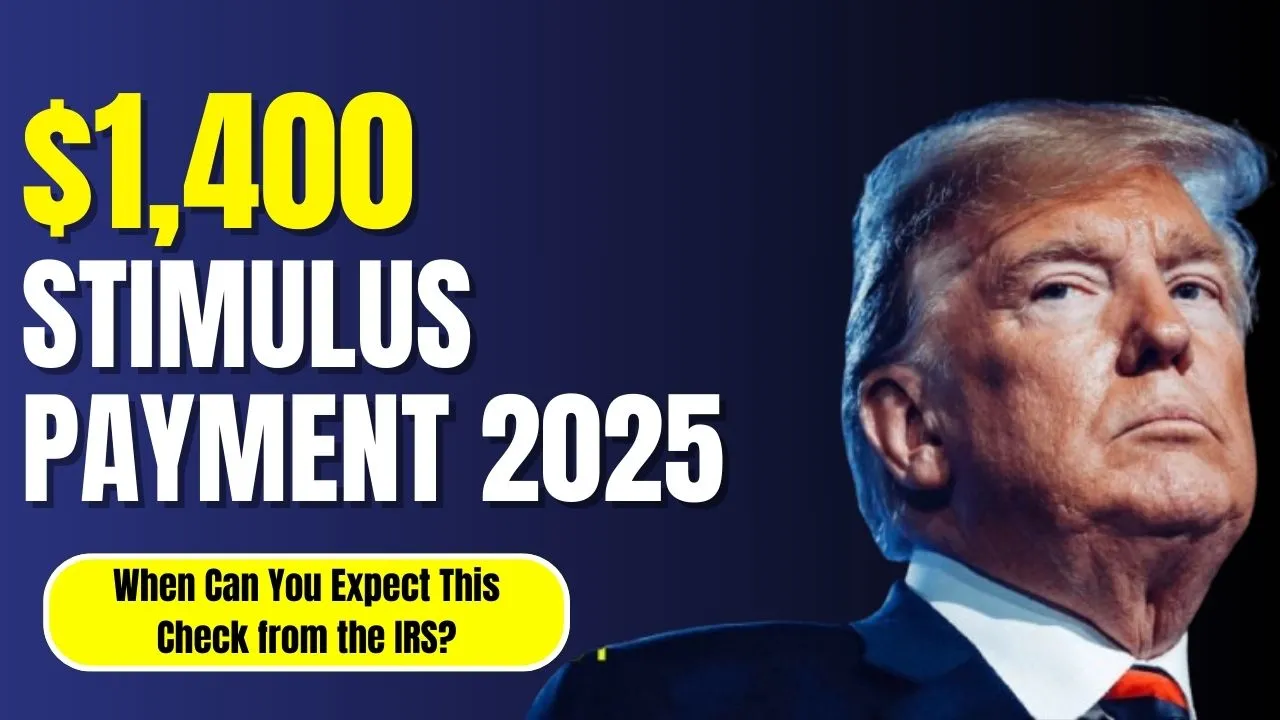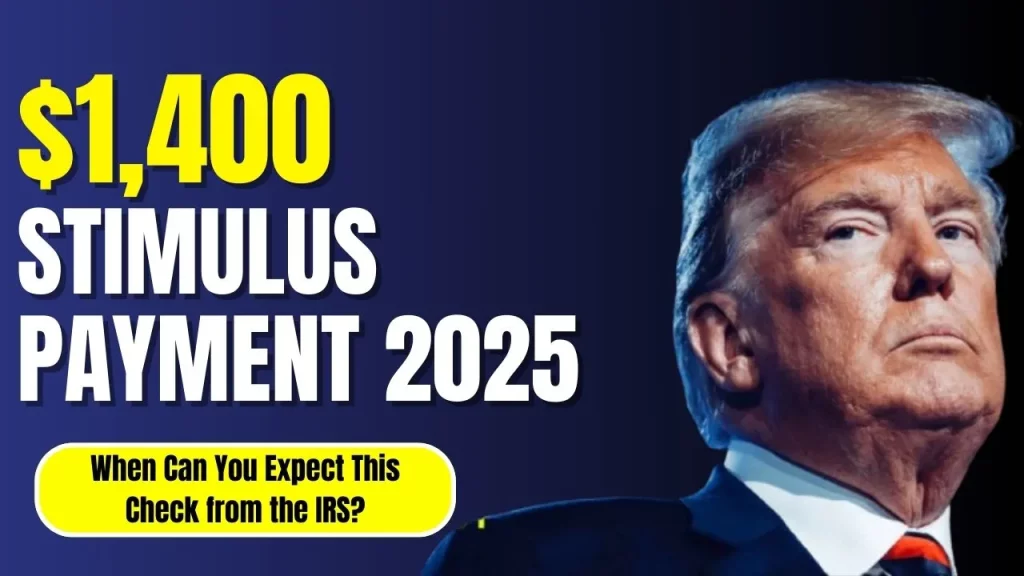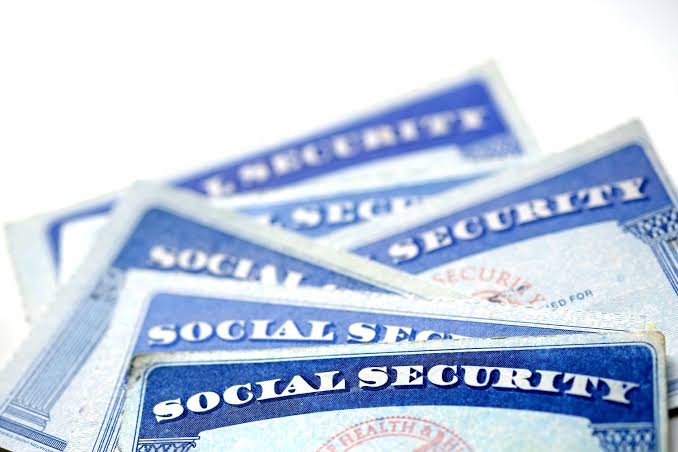If you’re still waiting on a tax refund or think you may have missed out on a past stimulus check, the IRS just confirmed some big updates for 2025—and they could put real money in your pocket. From $1,400 stimulus catch-up payments to new refund timelines, the agency has laid out exactly who’s getting paid, when, and how.
This isn’t a new stimulus bill—it’s the final chance for over a million Americans to collect money they already qualified for back in 2021, but never claimed. And yes, checks are already in the mail.
What the IRS Just Confirmed
According to official IRS statements, approximately 1 million taxpayers are receiving up to $1,400 in stimulus payments that were missed during the original 2021 rollout. These payments are coming in the form of the Recovery Rebate Credit, and most are being issued automatically—no action required.
Why now? Because the IRS cross-checked its records and found people who never filed a 2021 tax return and didn’t receive their full stimulus amount. They’re now catching up on those missed payments, totaling over $2.4 billion across the country.
If you never filed a 2021 tax return and suspect you’re one of them, don’t panic—you still have until April 15, 2025, to file and claim your money.
IRS Refund Timeline: When Will You Get Paid?
The IRS refund schedule for 2025 follows the usual pattern, but a few key dates stand out:
-
Direct deposit refunds typically arrive within 21 days of e-filing, assuming there are no issues.
-
Paper returns and mailed refunds can take six weeks or longer.
-
If you claimed Earned Income Tax Credit (EITC) or Child Tax Credit (CTC), your refund may be delayed slightly—but most of these will be processed by early March 2025.
Pro tip: If your return is clean, accurate, and includes direct deposit info, you’ll likely get paid much faster.

How to Track Your Refund or Stimulus Status
The IRS encourages all taxpayers to use its online tracking tools:
-
“Where’s My Refund?” is updated once every 24 hours and shows the real-time status of your refund.
-
“Get My Payment” is for stimulus check tracking—especially helpful if you’re unsure whether your $1,400 payment is en route.
You’ll need basic info like your Social Security number, filing status, and refund amount to check your status.
Why Your Refund or Stimulus Might Be Delayed
Several common issues can slow things down:
-
Errors or mismatches on your return
-
Claims involving refundable credits
-
Outdated banking or address info
The IRS may contact you by mail if they need to verify your identity or request missing information. Avoid the temptation to re-file—it only causes more delays.
What You Can Do Right Now
Here’s a quick checklist to make sure you don’t miss a payment:
-
Check your IRS account at to see if a Recovery Rebate Credit is pending.
-
File your 2021 return (if you haven’t already) before the April 15, 2025, deadline.
-
Opt for direct deposit to receive your refund or stimulus faster.
-
Use the IRS tracking tools to monitor your payment status.
Final Takeaway
The IRS has quietly launched a major 2025 initiative to deliver unclaimed stimulus money and speed up refund processing. With $1,400 payments going out, and most 2025 refunds arriving in under three weeks, this year’s tax season is full of opportunity—but also full of deadlines.
If you haven’t filed your 2021 return yet and think you’re eligible for a stimulus you never received, the window to act is closing. File before April 15, 2025, or you could permanently lose out on that money.



